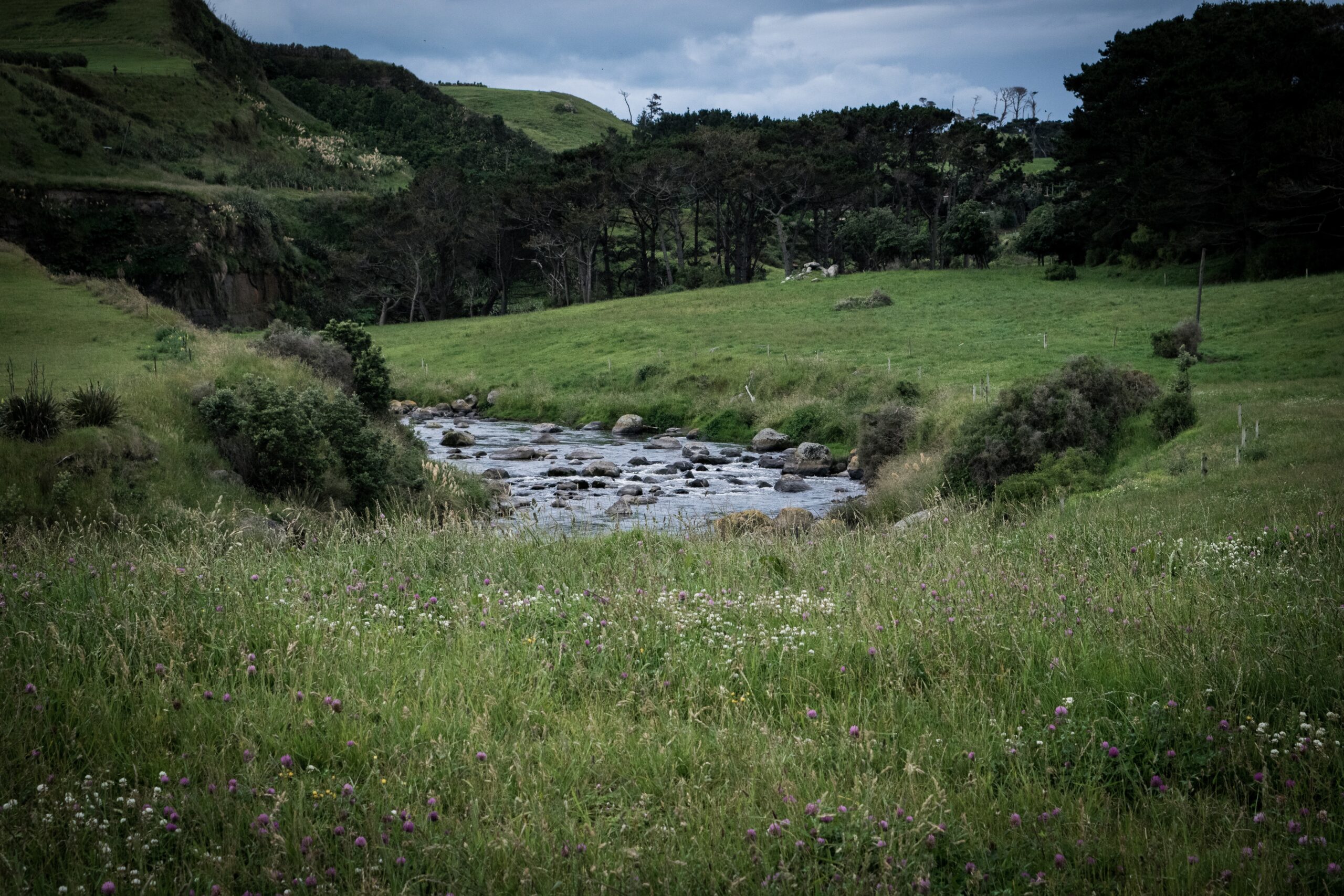It will be extremely challenging to achieve New Zealand’s water quality goals, according to new research from Our Land and Water.
The report measures four contaminants: nitrogen, phosphorus, sediment and E. coli. It finds that three quarters of all land in Aotearoa is contributing more E. coli to our water than is allowed. The report also shows every region needs a substantial reduction in at least one contaminant to meet standards outlined in the National Policy Statement for Freshwater Management 2020.
The Science Media Centre held a briefing with an author of the report, and other freshwater experts:
- Ton Snelder, report lead author, and Director of Land Water People
- Jenny Webster Brown, Director at Our Land and Water National Science Challenge
- Richard McDowell, Chief Scientist at Our Land and Water National Science Challenge
A recording of the briefing and abridged transcript are available below.
Q: Water quality is already a big issue in New Zealand, so how surprising are your findings?
Ton Snelder: “They’re not terribly surprising. We’ve been aware of our of our water quality conditions for a long time. What’s novel, and perhaps somewhat surprising about this is the proportion of the land area that’s affected by by the regulations. So there are large areas of New Zealand that need to be considered in order to achieve these regulatory, minimum acceptable states.”
Jenny Webster-Brown: “I’d certainly back that up. I mean, when the attribute limits in the national bottom lines were set, everyone was aware that it would require it would be a challenge, and it would require some effort on our part to achieve those limits. What this is telling us is, is what needs to be controlled where it needs to be controlled and how much the reduction needs to be. So it’s really a tool in the implementation of those national bottom lines.”
Q: Why is E. coli such an issue across the country?
Ton: “E. coli is a ubiquitous contaminant. And obviously, it’s associated with warm blooded animals. And so there are levels of E. coli or parts of the environment, including parts that might be in a natural state.”
Q: Where is nitrogen and phosphorous an issue?
Ton: “Nitrogen and phosphorus are very linked to agricultural land use. And so areas with intensive land use do have higher nitrogen load reductions then other other regions where perhaps agriculture intensity is less.”
Q: What does this report mean for the bottom lines in the National Policy Statement – does this indicate that they might need to be changed or updated?
Jenny: “We’re very much hoping that the research will not be interpreted in that way. This is not a call for a revision or a rethink of the national bottom lines, it is simply an account of what we need to do to achieve them.”
Q: What do you anticipate with the changing fresh water policies indicated in the new government’s coalition agreements?
Jenny: “I wouldn’t presume to predict what our new government is going to do. I think that’s very hard to know.
“However, I think it is worth reflecting on where our National Policy Statement for Freshwater Management has come from. When it was first heralded by the Land and Water Forum in 2011 that we needed a national policy statement, and was put together shortly thereafter – that was under a National government and it had elements of New Zealand’s first influence also, and that national policy statement evolved under Labour.
“So I would like to think that our current coalition government, which of course does have National and New Zealand First in it, would not be tempted to simply throw the baby out with the bathwater and start all over again, I think that would be hugely damaging to the progress we have made on protecting freshwater systems.
Richard: “We have made progress, despite some opinions. And indeed, if farmers hadn’t been doing what they’ve been doing for the last 50 years, our national loads of nitrogen phosphorus would look roughly 50 to 90% larger than they are today.”
